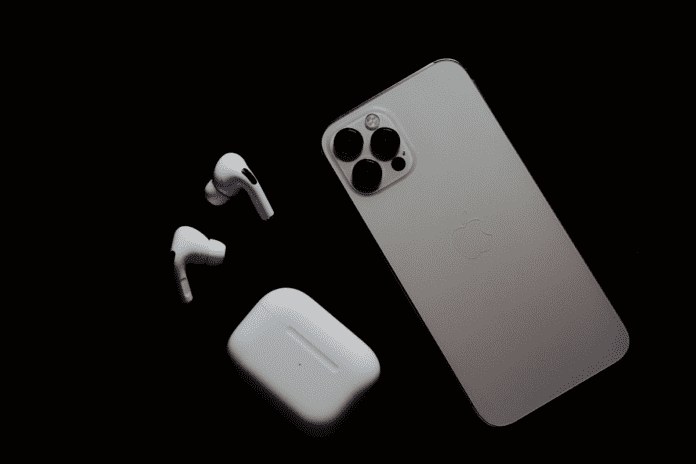By Bryan Tropeano
As the tech world turns its eyes toward June, Apple is preparing for what could be one of its most pivotal Worldwide Developers Conferences (WWDC) yet. Scheduled for early next month, WWDC 2025 is widely expected to highlight Apple’s deeper push into artificial intelligence—positioning the company to compete more directly with rivals like Google and Microsoft in the race for next-gen digital experiences.
This year’s conference is already stirring speculation, particularly around how Apple plans to integrate advanced AI features into its ecosystem. iOS 19, macOS 15, and watchOS updates are rumored to include smarter, more personalized capabilities, likely building on-device intelligence rather than relying heavily on the cloud. This approach would align with Apple’s longstanding emphasis on user privacy and local processing.
One area of interest is Siri, which has remained largely unchanged in recent years. Many expect Apple to overhaul its digital assistant, finally giving it the contextual awareness and natural language abilities users have long hoped for. Smarter Siri responses, real-time summarization, and task automation could play a central role in Apple’s AI rollout.
Beyond software, there’s growing anticipation that Apple will reveal new developer tools and frameworks designed to help app creators integrate AI more seamlessly into their products. This could involve updates to Core ML or new APIs that enable more powerful AI workloads to run efficiently on Apple silicon.
Developers, investors, and consumers alike are also watching for signs of Apple’s broader AI vision. While competitors have rushed out large language models and generative tools, Apple has remained notably quiet—possibly preferring to release fully baked features rather than beta-level tech.
That strategy might be about to change. If the leaks and industry chatter are accurate, WWDC 2025 could be the moment Apple pulls back the curtain on a comprehensive AI experience that spans devices, from iPhones to Macs to wearables.
In an increasingly AI-driven world, Apple’s next moves could set the tone for how everyday users interact with artificial intelligence—not just through apps, but at the very core of their digital lives.
About the Author: Bryan Tropeano is a senior producer and a regular reporter for NewsWatch. He lives in Washington D.C. and loves all things Tech.










